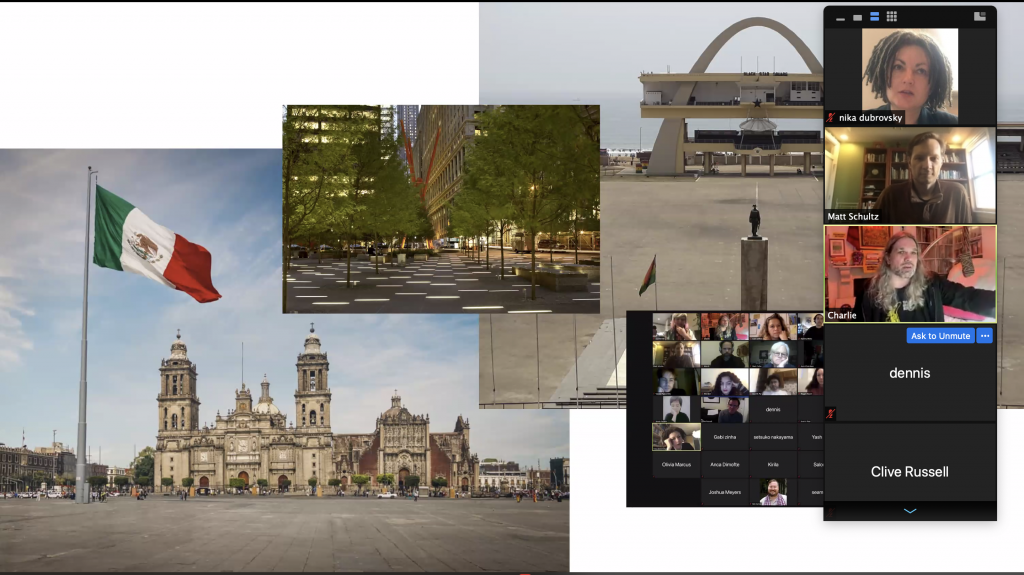
The Visual Assembly 11-20-2021 is dedicated to the Museum of Care, a project conceived as a practical realisation of the series of essays ‘Another Art World’, which David and I wrote not long before his death.
The Visual Assembly’s techniques are straightforward. They require no permission from the authorities, no financial investment and no special skills. They are suitable for quarantine because they can be used by just one person, in the company of friends (online Assembly).
The task of a Visual Assembly is to create a collective space in which everyone can be included:
– People who cannot draw
– People who do not speak English, or who do not live in the capitals of the world
– People without a career
– People who don’t get invited to prestigious international exhibitions
– People who do not have financial or other resources to implement artistic projects in public space.
And we are talking about artistic projects in a public space.
The Museum of Care Visual Assembly will continue the movement that took place last summer during the Black Lives Matter protests, when thousands of people got together to demolish the sculptures of White Male Villains placed in central squares of various cities worldwide.
One year later, we will reconvene to think about how to rewrite and reassemble the very principles of how we run our communities. Because we believe that a person is free when he or she has the right and possibility to change the rules of public life.
This is why we have decided to start with the Museums, the contemporary temples within whose walls our social and cultural hierarchy is created, archived and preserved.
To do this, we don’t need to enter the Museums’ buildings.
We will rearrange their symbolic order by staying in squares and streets – outside the institutions. And we will do this by restoring the original concept of the word ‘artist’ and ‘amateur’.
Our society divides people not only into races, but into classes; it separates us by gender, decides if we have access to decision-making; it determines those we should admire, or obey.
It is a question of the right to creativity and political decision making. We live in representative democracies governed by professional politicians. We work under professional managers. We go to museums run by professional curators, filled with works by ‘real artists’ who create ‘culture’.
In our essay, David and I pointed out that the word ‘culture’ was invented by German romanticists, and meant the opposite of “a high-quality product produced by selected professionals for distribution and consumption among the general public.” They meant the same thing as the Russian revolutionaries who used the word “DIY-people” for namely:
– the right to freedom and self-determination
– the right to think and make decisions independently
– the right to creatively reorganise relations in one’s own community.
As we know, the two main revolutions of our time – the French and the Russian – began with the occupation of Museums: the Louvre and the Hermitage. These former royal palaces were supposed to become People’s Museums. They would belong to all of us, The People.
How much they belong to us can be easily checked: try to go to one of these national museums and pick something up. You may not even be able to go in without having bought a ticket beforehand, and you will certainly not be allowed to touch the ‘people’s property’.
Our Visual Assembly offers the chance to rethink the idea of the Museum. What if we took part in a new revolution and occupied the Hermitage or the Louvre? What would we do next?
Maybe we would distribute all available masterpieces to everyone? Maybe we would sell them to other countries, and buy homes for the homeless and bread for the hungry?
Maybe we would leave everything as is? Maybe we would put up more guards and let only special people with special passes see priceless masterpieces?
Maybe we could turn the Museum into a university? A circus? A computer game center? A scientific laboratory? A parliament?
We call our project the Museum of Care to emphasise that the decisions its new inhabitants and owners make will produce and maintain new human relations.
It is not difficult! Join us!